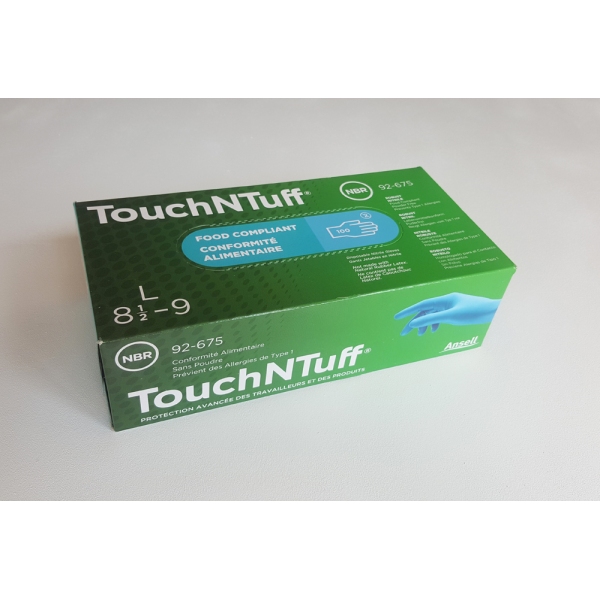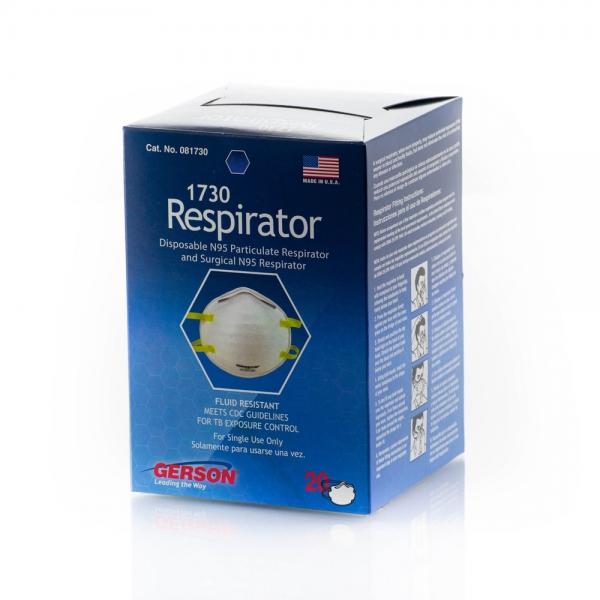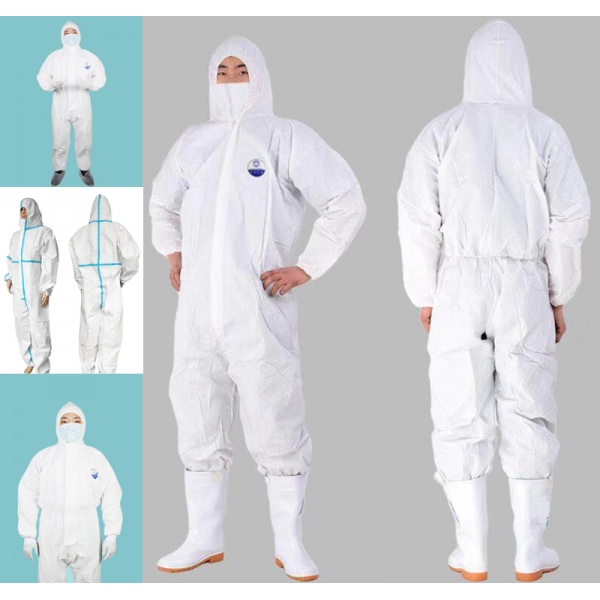What are Food Service Gloves?
Food service gloves are certified under FDA Title 21 CFR Part 177, which states that the components of the glove must comply with the FDA regulations and consist of “Substances generally recognized as safe for use in food or food packaging.”
However, the quality and safety of disposable gloves is limited to Letters of Compliance and Guarantee on the general make and model of the glove submitted (once) for testing, not necessarily the subsequent gloves produced. There are few controls required for glove manufacturing relating to the reliability of raw materials, manufacturing processes, and factory compliance after the certification has been awarded.









